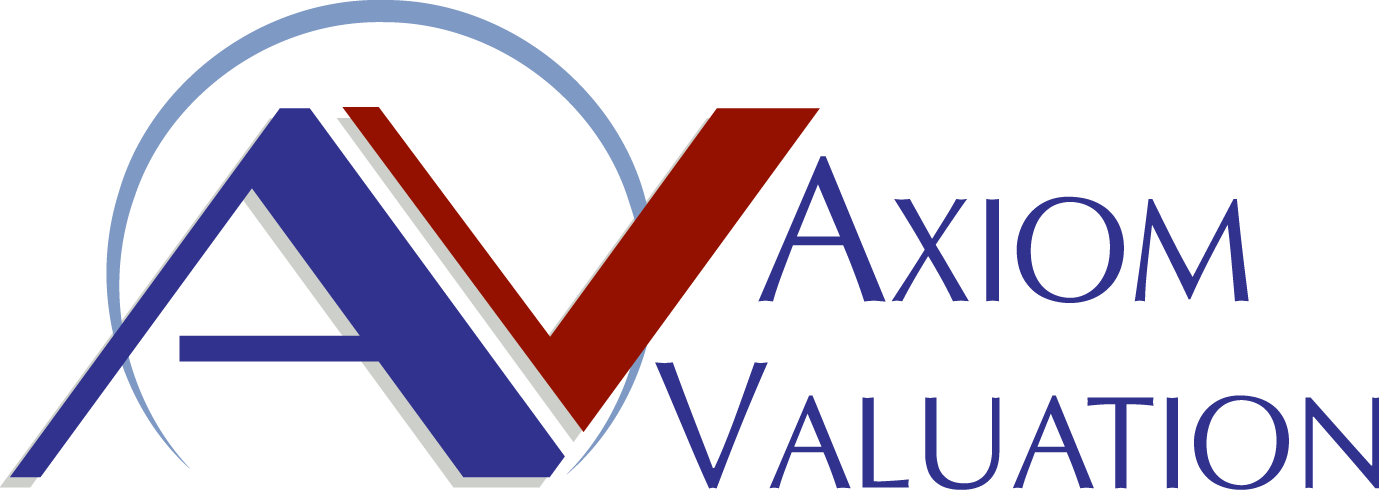Valuing Intellectual Property of an Early Stage Company
Congress shall have the power to promote the progress of science and useful arts, by securing for limited times to authors and inventors the exclusive right to their respective writings and discoveries;
US Constitution, Article 1, Section 8, Clause 8
The Issue
Intellectual property (IP) was recognized as having value by the founding fathers of the country. As intangibles and intellectual property become the true source of where corporate value lies, correctly valuing IP takes on an increased level of importance. IP refers to creations of the mind and the related rights to use these in commerce. While it certainly includes patents, trademarks, licenses and permits, it also includes internally developed knowhow related to manufacturing a product and/or developing a service. Professor Baruch Lev of the Stern School at NYU has indicated that a significant percentage of the value of public firms is attributable to various types of IP, the bulk of which does not appear on their balance sheets. While the contribution of IP to overall firm profitability varies, what we do know is that it provides corporate owners with a decided competitive advantage which allows them to earn rates of return that exceed their respective costs of capital. The upshot is that firms that have IP that is long-lived will also have market values of equity that far exceed their corresponding book values.
In cases where the firm is a startup that has IP but little or no revenue, valuing the IP is both complex and difficult. Because of these facts, the value of startup firm IP is often based on its reproduction cost. However, in those cases where there is a demonstrated market for the firm’s product that incorporates the IP, basing the IP value on its reproduction cost will almost certainly undervalue it. The reason for this outcome is that the return to the owners of the IP will likely be very high. Just think what the revenue might be if the owning firm licensed the IP to another firm and collected a 2% royalty rate on licensee sales that incorporated the IP. If the market is likely to be large and the firm owning the IP has the capacity to take advantage of the business opportunity, then the IP will have a value that far exceeds its reproduction costs.
But opportunity aside, startup risk for most early stage firms is very great, and while IP can mitigate this risk profile to some degree, the inability of a startup to exploit its IP will more than likely reduce its value to both the owners and potential acquirers. One has no idea when sales will occur and how large they will be for firms that own IP but have limited or no sales history. In these instances, any value attributed the IP will be uncertain and highly suspect. Since IP values are in part determined by what a hypothetical licensee might pay in the form of a royalty rate, any selected rate—like expected sales—is subject to a great deal of uncertainty particularly where the IP is unproven.
But what if we knew what the range of sales would likely be in any future year and we also knew what the range of royalty rates might be? Knowing this, we could produce thousands of IP values based on randomly combining sales and royalty rates and arranging these in such a way that we form a distribution which shows the percentage of the total associated with each value. These percentages are probabilities associated with each of the values produced. The value of the IP is the sum of the product of each value multiplied by its associated probability. The beauty of this approach is that it does not require revenue projections which are notoriously optimistic and generally wrong both in terms of timing and size. Below we report the results of employing this method to valuing IP of a startup firm with small first year sales.
Case Study
Axiom’s client capitalized the costs of acquired technology, knowhow, trade secrets and identifiable costs incurred to develop, file, and defend the company’s patents and new patents or provisional patent applications. This knowledge base allowed the firm to produce proprietary chemical products that eliminated harmful microbes in a variety of customer settings.
Axiom undertook a comprehensive FASB 142 Step 1 analysis of the assumptions made by management which is the basis of its baseline forecast. This included a review of source-based market analysis undertaken by management and its consultants. In addition, we tested to see whether the number of customers implied by their projections is reasonable in light of recent developments at the company. Management has also provided details on its sales pipeline as substantive backup to its projections.
Based on this analysis we concluded that the IP may be impaired and that a determination of the fair value of the IP is required. Since the firm had relatively little revenue and projections were generally unreliable, we used a Monte Carlo approach which required the following information:
- Current annual revenue
- Revenue growth range for each projected year over the eleven year economic life of the IP
- Range of royalty rates
- Cost of capital
The only input that is problematic in this analysis is item two above. Axiom developed a unique data set which shows revenue growth rates for startup firms by industry for each year after each firm’s formation. This data set was the basis for revenue growth ranges used in the Monte Carlo. The essential characteristic of startup firm performance is that revenue growth could be 300% in one year and zero or even negative in the next. For startups and early stage firms, revenue growth is essentially random and the Monte Carlo framework can easily accommodate this randomness.
The range of royalty rates within an industry can be determined in a reasonably straightforward way since there is a great deal of data on royalty rates. In our case the range varied between 1% and 4% and the rate was randomly selected. The analysis consisted of a Monte Carlo simulation that generated 1,000 random revenue growth rates over the 11 year asset life and 1,000 random royalty rates. These growth rates were applied to a starting revenue number which was then multiplied by a randomly generated royalty rate to calculate the royalty fee income. We then summed the present value of the after-tax royalty fee income and added back the implied tax amortization benefit to arrive at the fair value of IP for each of the 1,000 growth and royalty paths. The histogram of IP values is shown below:
We used the histogram as the basis for determining the distribution that most accurately approximates the IP generating function. Using this distribution, the probability weighted IP value was calculated. This value, $4,145,100, is the fair value of the IP. The beauty of the Monte Carlo is that one can determine not only the expected value of the IP but the probability that the IP is within a certain range. For example, the probability that the value of the IP is $12 million (1.2E+7) is about 1%, whereas the probability that the value of the IP is $3.2 million is 26%.



No Comments
Leave a Reply